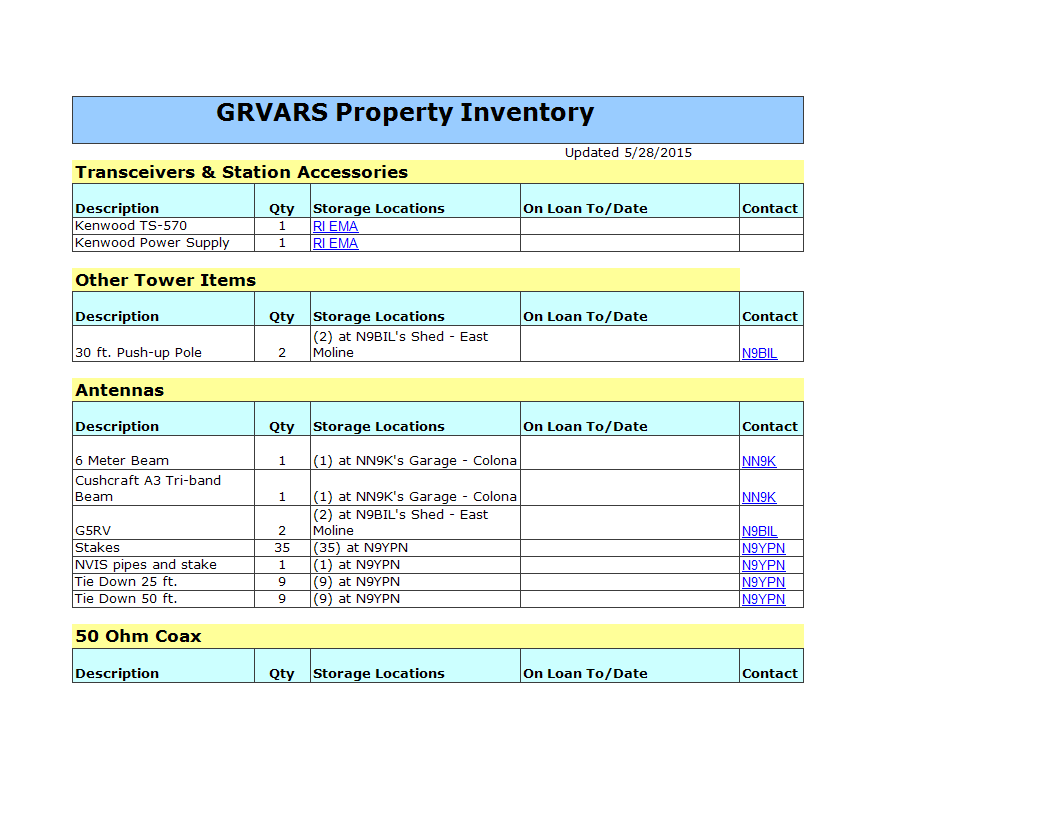Property Inventory
Save, fill-In The Blanks, Print, Done!

Download Property Inventory
Microsoft Spreadsheet (.xls)Or select the format you want and we convert it for you for free:
- This Document Has Been Certified by a Professional
- 100% customizable
- This is a digital download (13.5 kB)
- Language: English
- We recommend downloading this file onto your computer.
How to create a Property Inventory? Would you like a sample property inventory template? This type of template will help you keep track of the items in a property, including their location, condition, and value. It can also help you document any changes or updates to the items. An easy way to start completing your document is to download this example Property Inventory template now!
A property inventory is a detailed and comprehensive list of items, assets, or belongings within a specific property. It serves as a record of the contents and condition of a property, and it is commonly used in real estate, property management, and rental agreements. The purpose of a property inventory is to document the state of the property at a specific point in time, providing a reference for landlords, tenants, or property managers.
Key elements typically included in a property inventory may encompass:
- List of Items:
- An itemized list of all items and fixtures within the property. This can include furniture, appliances, electronics, carpets, curtains, and other furnishings.
- Description:
- Detailed descriptions of each item, including make, model, color, and any other relevant details that help identify and describe the item.
- Condition:
- The condition of each item should be noted. This could range from new to used, and it might include details about any existing damage, wear and tear, or defects.
- Location:
- The specific location of each item within the property. This helps in quickly locating and identifying items during property inspections or maintenance.
- Photographs:
- Including photographs of each item and the overall condition of the property can provide visual documentation to support the written inventory.
- Serial Numbers and Identification:
- If applicable, record serial numbers or other identifying information for valuable items, appliances, or equipment.
- Utilities and Systems:
- Document the condition and functionality of utilities and systems such as plumbing, heating, ventilation, air conditioning (HVAC), and electrical systems.
- Additional Notes:
- Space for additional notes or comments that may be relevant to the property's inventory.
- Date of Inventory:
- The date on which the property inventory was conducted. This is important for reference and to establish the state of the property at a specific point in time.
Property inventories are commonly used in rental agreements, especially in the residential and commercial real estate sectors. They are typically conducted at the beginning and end of a lease period to document any changes in the property's condition and to determine if there are any damages for which the tenant may be responsible.
Download this Property Inventory template now for your own benefit!
DISCLAIMER
Nothing on this site shall be considered legal advice and no attorney-client relationship is established.
Leave a Reply. If you have any questions or remarks, feel free to post them below.
Latest templates
Latest topics
- Hourly Weekly Schedule Template
How do I make an hourly schedule? Streamline your daily planning with our versatile hourly daily weekly schedule templates - Excel Templates
Where do I find templates for Excel? How do I create a template in Excel? Check these editable and printable Excel Templates and download them directly! - GDPR Compliance Templates
What do you need to become GDPR compliant? Are you looking for useful GDPR document templates to make you compliant? All these compliance documents will be available to download instantly... - Daily Report Sheets For Preschool
How do you create a kindergarten schedule or write a daily report for a preschool? Check out these preschool templates here. - Celcius To Farenheit Chart
How to Download our temperature Celsius to Fahrenheit conversion charts and streamline your temperature calculations and conversions here.
cheese

